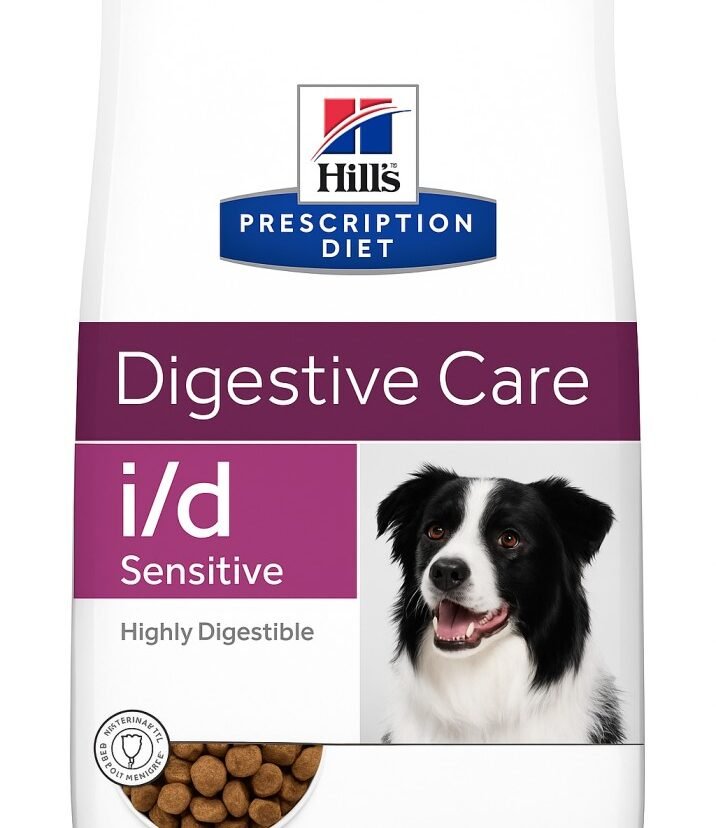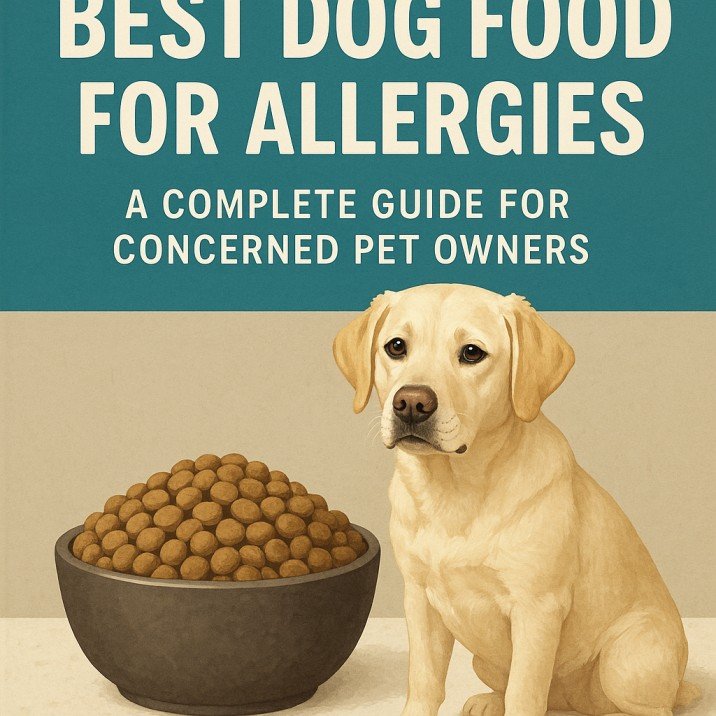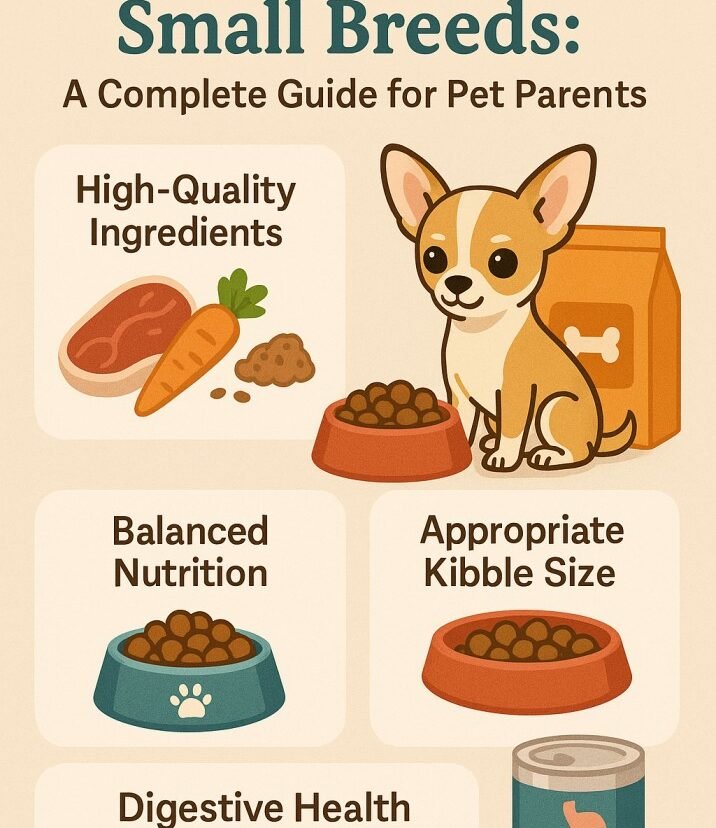Raw Dog Food Diet: A Comprehensive Guide for Pet Owners
n recent years, the raw dog food diet has gained significant popularity among pet owners looking for natural, biologically appropriate nutrition for their dogs. This feeding approach, often referred to as the BARF diet (Biologically Appropriate Raw Food), emphasizes uncooked meats, bones, organs, and select fruits and vegetables. But what exactly does it involve, and is it right for your dog?
What is a Raw Dog Food Diet?
A raw dog food diet consists of uncooked ingredients designed to mimic what dogs’ ancestors ate in the wild. Typically, this diet includes:
- Muscle meat (often still on the bone)
- Raw edible bones (never cooked)
- Organ meats like liver and kidneys
- Raw eggs
- Dog-safe vegetables and fruits
- Supplements like fish oil, kelp, or probiotics (optional)
Many pet owners choose this diet to provide more natural, unprocessed food, hoping it improves their dog’s health, energy levels, and coat condition.
Benefits of a Raw Dog Food Diet
- Improved Coat and Skin Health
One of the most noticeable benefits of a raw dog food diet is shinier, softer fur and healthier skin. Raw fats and oils in meat and eggs contribute to a dog’s coat condition. - Increased Energy and Vitality
Dogs on raw diets often exhibit increased stamina and energy. This may be due to the high-quality protein and lack of fillers or preservatives found in kibble. - Healthier Teeth and Gums
Chewing raw meaty bones can help scrape plaque off your dog’s teeth naturally, reducing tartar build-up and bad breath. - Smaller, Firmer Stools
Because raw food is more digestible and doesn’t contain additives, dogs typically produce less waste with fewer bowel movements. - Weight Management and Muscle Development
A raw diet supports lean muscle growth and helps manage weight more effectively, especially in active or working dogs.
Risks and Concerns
Despite its benefits, the raw dog food diet isn’t without potential drawbacks:
- Bacterial Contamination: Raw meat can carry pathogens like Salmonella or E. coli. Safe handling and sourcing from trusted suppliers is crucial.
- Nutritional Imbalance: Feeding an unbalanced diet can lead to deficiencies or excesses. Consulting a canine nutritionist is essential for long-term health.
- Choking Hazards: Improperly sized bones can pose choking or intestinal blockage risks. Always supervise your dog during feeding.
- Veterinary Skepticism: Some vets warn against raw diets due to safety concerns, especially for immunocompromised dogs or households with children.
How to Start a Raw Dog Food Diet
If you’re considering switching your dog to a raw diet, follow these basic steps:
- Do Your Research
Learn about dog nutrition and understand what your specific breed needs in terms of protein, fat, and vitamins. - Consult a Professional
Talk to your vet or a certified pet nutritionist to create a balanced meal plan tailored to your dog’s age, weight, and activity level. - Choose Your Raw Ingredients
Select high-quality meat (chicken, beef, lamb, turkey), fresh organ meat, and vegetables like carrots or spinach. Avoid toxic foods like onions, garlic, and grapes. - Transition Slowly
Gradually introduce raw food over 7–10 days to avoid digestive upset. Mix increasing amounts of raw food with decreasing amounts of kibble. - Maintain Proper Hygiene
Always wash hands, bowls, and surfaces thoroughly. Store raw meat at the right temperatures to avoid spoilage.
Raw Feeding Ratios
Most raw feeders follow the 80/10/10 ratio:
- 80% muscle meat
- 10% bone
- 10% organ meats (half of that should be liver)
You can adjust this depending on your dog’s needs, but consistency is key to avoiding deficiencies.
Pre-Made vs. DIY Raw Diet
- Pre-Made Raw: Companies offer frozen or freeze-dried raw meals that are balanced and convenient. This is a great option for beginners.
- DIY Raw: Preparing meals yourself gives you full control over ingredients, but it requires knowledge and time. Use a food scale and follow trusted recipes.
Common Myths About Raw Dog Food Diets
- “Dogs can’t digest bones” – Raw, soft bones are generally safe and digestible; cooked bones are the real danger.
- “Raw food will make my dog aggressive” – There’s no scientific evidence supporting this. Diet does not alter temperament.
- “Kibble is always safer” – While processed food is convenient, it can contain low-quality ingredients and fillers.
Final Thoughts
The raw dog food diet can offer many health benefits when done correctly. It’s not a one-size-fits-all solution, and it does require careful planning, hygiene, and veterinary guidance. If you’re committed to providing biologically appropriate, nutrient-rich meals, raw feeding could be a rewarding choice for your dog’s overall wellness.
Before switching, consult with your veterinarian to ensure it’s safe for your pet, especially if they have medical conditions. With the right approach, raw feeding can be a natural way to support your dog’s health and happiness.
SEO Tips Recap:
- Keyword placement: Title, headings, and multiple times in the body.
- Keyword: raw dog food diet naturally integrated.
- Word count: ~800 words.
- Human tone with factual support and actionable tips.








Leave feedback about this